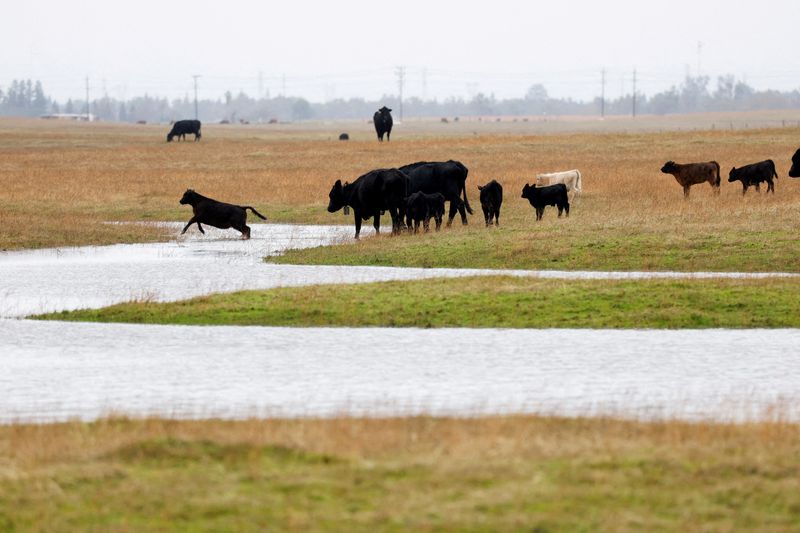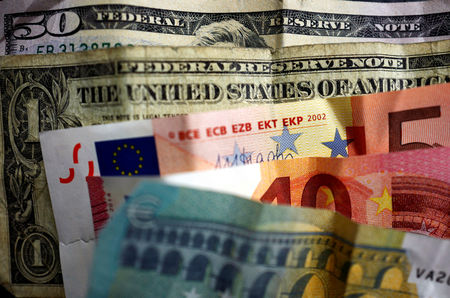
By Leah Douglas
(Reuters) – Farmers in the United States who raise livestock in large industrial operations could get funding from President Joe Biden’s signature climate law to transition to more environmentally friendly practices under bills introduced in the House and Senate on Wednesday.
WHY IT’S IMPORTANT
Agriculture accounts for about 10% of U.S. greenhouse gas emissions, mostly from livestock production and fertilizer application.
The Inflation Reduction Act (IRA), passed in 2022, included nearly $20 billion for reducing the greenhouse gas emissions of the farm sector.
CONTEXT
About 1.7 billion animals are raised on U.S. industrial livestock farms, and they produce twice as much waste as the country’s human population, according to the environmental group Food & Water Watch. The facilities can produce significant air and water pollution.
The bill introduced Wednesday by Alma Adams in the House and Cory Booker in the Senate, first reported by Reuters, would use IRA funds to help industrial livestock farmers reduce their environmental impact by moving animals to pasture or converting to organic crop production.
The effort could face resistance from Republicans who want the IRA funds made available for other programs in the long-delayed farm spending bill being drafted by Congress.
In February, Adams, Booker, and a dozen congressional colleagues sent a letter to USDA arguing that the IRA money should be used for only the most effective climate-smart farming practices.
Environmental groups have said the benefits of some USDA-defined climate-smart practices, like capturing animal methane to be converted to energy, are overstated.

KEY QUOTE
“Farmers want to produce food in ways that are good for people and the planet but aren’t always empowered to do so in a consolidated food system like ours,” said Adams in a statement. The bill “unlocks climate-forward conservation dollars to assist producers who want to transition out of the factory farm model.”
This post is originally published on INVESTING.




